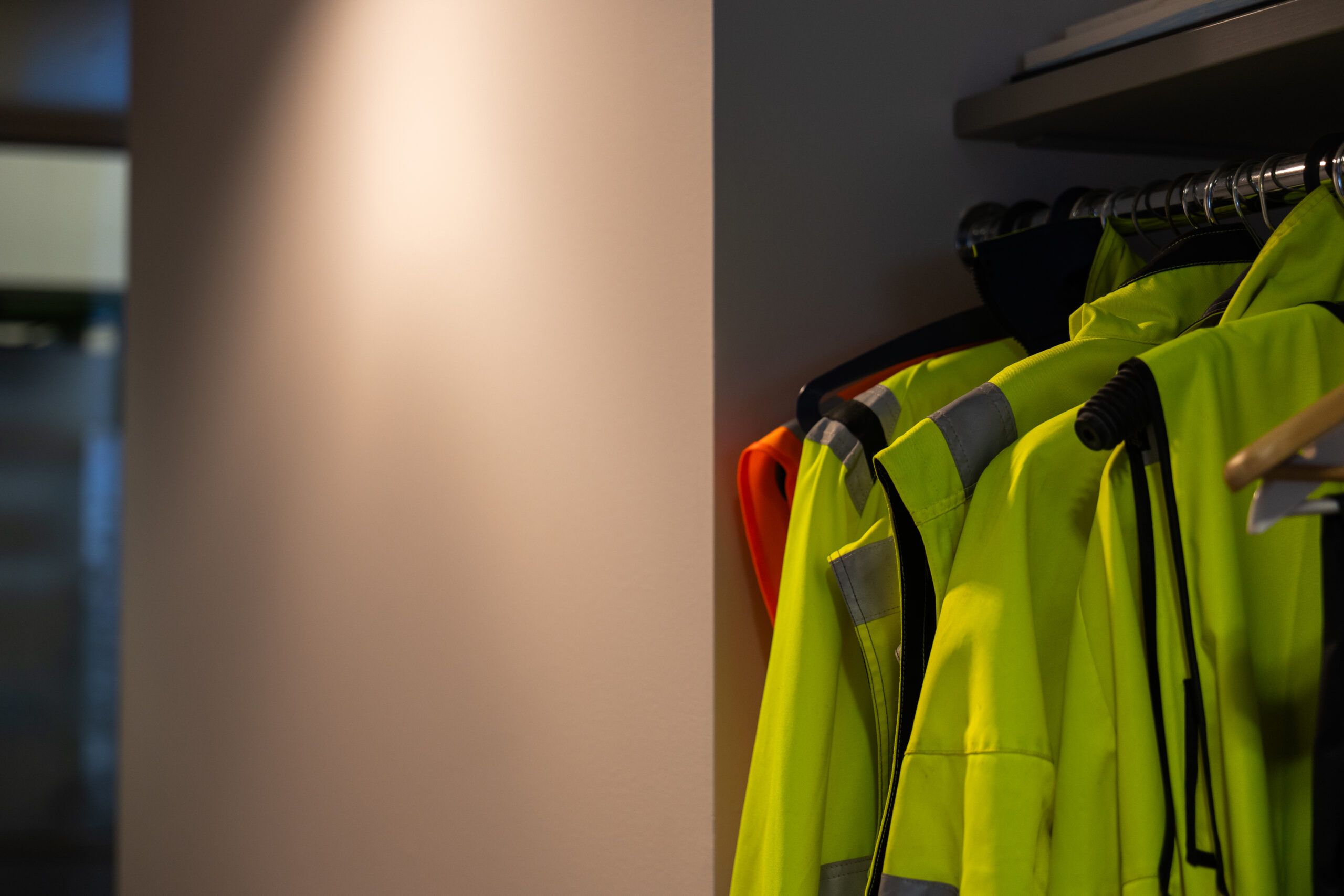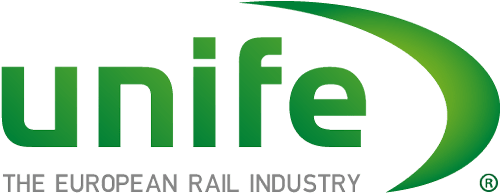The European Train Control System (ETCS) is impacting rail safety and efficiency, providing a harmonised and interoperable signalling system across Europe. However, integrating Safety Integrity Level (SIL) applications with ETCS is fraught with complexities.
These challenges, while daunting, present opportunities to enhance safety, reliability, and operational efficiency in the rail industry. This blog explores the intricacies of developing and integrating SIL safety applications with ETCS and highlights the benefits that addressing these challenges brings.
The Challenges of SIL Safety Applications in ETCS Integration
Embarking on the journey of integrating Safety Integrity Level (SIL) applications with the European Train Control System (ETCS) is akin to navigating a labyrinth of technical and regulatory challenges. This endeavour not only tests the limits of engineering but also demands a profound understanding of safety standards and interoperability requirements. The stakes are high, as the successful integration of these systems is pivotal for ensuring the utmost safety and efficiency in rail operations. This section unveils the core challenges faced during this integration process.
Complexity of System Requirements
The integration of SIL safety applications with ETCS requires a thorough understanding of both systems’ intricate requirements. SIL safety applications are designed to meet strict safety standards, ensuring minimal risk of failure, while ETCS encompasses a broad range of functionalities and interfaces. Harmonising these requirements demands meticulous planning, robust design, and comprehensive testing to ensure compatibility and reliability.
Stringent Safety Standards
SIL levels, ranging from SIL 1 to SIL 4, specify the necessary safety measures for different applications, with SIL 4 being the highest level of safety. Achieving compliance with these standards necessitates rigorous processes and documentation, including hazard analysis, risk assessment, and safety verification. The integration with ETCS further complicates this process, requiring alignment with additional standards such as EN 50126, EN 50716 (previously EN 50128), and EN 50129.
Interoperability and Compatibility
ETCS is designed to be interoperable across various national rail networks, which introduces another layer of complexity. Ensuring that SIL safety applications are compatible with different ETCS implementations requires a deep understanding of both local and international standards. This challenge is compounded by the need to maintain functionality across diverse hardware and software platforms.
Resource Intensiveness
Developing and integrating SIL safety applications with ETCS is resource-intensive, requiring significant investment in terms of time, expertise, and financial resources. The need for extensive testing, validation, and certification processes can extend project timelines and increase costs. Moreover, the scarcity of experts with the requisite knowledge further intensifies this challenge.
Addressing the Challenges – The Road to Enhanced Safety
Despite the complexities, addressing these challenges brings substantial benefits, enhancing the overall safety and efficiency of the rail system.
Enhanced Safety and Reliability
By meticulously addressing the challenges of integrating SIL safety applications with ETCS, the rail industry can achieve unparalleled levels of safety and reliability. Robust testing, stringent compliance with safety standards, and rigorous validation processes ensure that the systems perform flawlessly, reducing the risk of accidents and enhancing passenger safety.
Operational Efficiency
Addressing the complexities of integration can lead to more streamlined operations. Harmonised requirements and interoperability allow for smoother transitions and better coordination across different rail networks. This leads to improved punctuality, fewer disruptions, and optimal use of resources, enhancing the overall efficiency of rail operations.
Cost-Effectiveness
While the initial investment in developing and integrating SIL safety applications with ETCS can be high, the long-term benefits are significant. Improved reliability and reduced risk of failures result in lower maintenance costs and fewer downtime incidents. Furthermore, leveraging pre-developed and validated solutions can accelerate project timelines and reduce overall costs.
Future-Proof Solutions
By addressing the challenges today, the rail industry can develop future-proof solutions that are adaptable to evolving standards and technologies. This ensures that the rail systems remain robust and reliable, capable of meeting future safety and operational demands.
What about legacy fleets?
Developing Safety Integrity Level (SIL) applications for integration with the European Train Control System (ETCS) in legacy fleets presents a unique set of challenges. Legacy fleets often consist of older systems and technologies that were not originally designed to meet modern safety standards or to interface with advanced control systems like ETCS. This disparity necessitates extensive retrofitting and adaptation to ensure compatibility and compliance with stringent safety requirements. Additionally, the process involves overcoming technical limitations, such as outdated hardware and software, which can hinder the seamless integration of SIL applications. The need for thorough testing, validation, and certification further complicates the development process, requiring significant investment in terms of time, expertise, and financial resources. Despite these hurdles, addressing these challenges is crucial for enhancing the safety and reliability of legacy rail systems, ensuring they meet contemporary safety standards and operational demands.
EKE-Trainnet® Gateways can be used as ETCS-TIU Gateways acting as vital interfaces between disparate systems. These gateways will enable the seamless exchange of data between otherwise incompatible technologies, ensuring that new advancements in ETCS can integrate with legacy rolling stock.
How can EKE-Electronics support with developing SIL 2 Applications the integrate ETCS?
EKE-Electronics’ extensive expertise in designing and manufacturing systems with SIL functions positions us as a leader in this domain. With a proven track record, we have successfully developed systems up to SIL 2 for a wide range of safety-critical functions. Our structured V-model development process ensures compliance with EN 50126, EN 50716 (previously EN 50128), and EN 50129, through full traceability, verification, and validation. We ensure reliability through formalised requirements management, coding standards, exhaustive testing, and independent safety assessments. Our meticulous approach, supported by thorough documentation and extensive testing, guarantees safe and dependable solutions. Leveraging a large number of existing functionalities, we offer cost-effective and efficient integration, ensuring compliance with SIL standards while accelerating project timelines.
Why Choose EKE-Electronics as your ETCS-TIU Supplier?
Our EKE-Trainnet® Gateways supports SIL 2 development, with some key modules already precertified. Its modular design allows you to select only the features you need, creating a cost-efficient, flexible, and versatile solution with a simplified architecture. An EKE-Trainnet® ETCS-TIU Gateway can combine a combination of bus technologies, as your needs require, including WTB, MVB, CAN and Serial Links.


